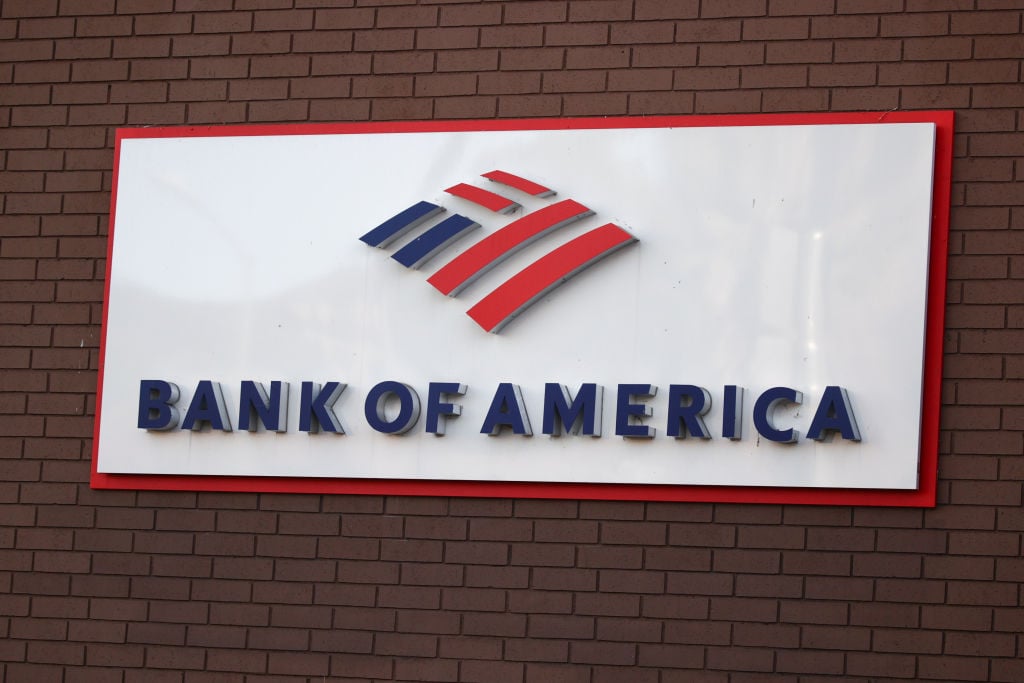Wells Fargo (WFC +0.37%) will release its quarterly report on Tuesday, and unlike Bank of America (BAC 0.54%) and many other of its banking peers, Wells Fargo's stock has recently climbed to all-time record highs -- even eclipsing its best levels before the financial crisis. Yet after impressive earnings growth in recent years, Wells Fargo is finally starting to run into some headwinds that could allow B of A and JPMorgan Chase (JPM 0.18%) to grow more quickly. Investors are concerned that this could finally lead to lower returns on their shares.
Wells Fargo did lots of things right during the financial crisis, making a well-timed lucrative purchase of Wachovia and minimizing its own damage from the mortgage meltdown. Since then, it has seen far fewer damaging litigation results than B of A and JPMorgan, largely staying out of the headlines and managing its affairs. Now that the economy has started to recover, though, some believe further gains will be harder to attain. Let's take an early look at what's been happening with Wells Fargo over the past quarter and what we're likely to see in its report.

Stats on Wells Fargo
|
| |
|---|---|
|
Analyst EPS Estimate |
$0.98 |
|
Change From Year-Ago EPS |
6.5% |
|
Revenue Estimate |
$20.69 billion |
|
Change From Year-Ago Revenue |
(5.7%) |
|
Earnings Beats in Past 4 Quarters |
4 |
Source: Yahoo! Finance.
What's next for Wells Fargo earnings this quarter?
Analysts have had only limited optimism about Wells Fargo earnings in recent months, raising their full-year 2013 estimates by $0.03 per share and their 2014 projections by a penny per share. The stock, though, has kept rising, climbing 15% since early October.
One reason for Wells Fargo's long-term success has been its earnings consistency. In October, the bank reported its 10th straight quarter of record net income, earning $5.6 billion and boosting its impressive return on equity to 14.1% despite seeing revenue fall. As expected, refinancing volume took a huge haircut, with higher interest rates resulting in a 29% drop in sequential mortgage originations. But the damage to overall noninterest income was fairly muted, with improving wealth-management growth helping to limit the drop to 8%.
Wells Fargo has also done a much better at managing its risk and limiting losses related to questionable practices during the financial crisis. The bank hasn't emerged completely unscathed, having had to pay $335 million to settle a dispute in November with the Federal Housing Finance Agency over loans it sold to Fannie Mae and Freddie Mac. But that stands in stark contrast to the $5.1 billion that JPMorgan Chase settled for, or the $6 billion that regulators are reportedly seeking from Bank of America in connection with similar allegations.
Yet one area where Wells Fargo has fallen behind its peers is in credit cards. CEO John Stumpf recently commented that the bank has done a poor job of cross-selling its card to current banking customers, with only about 25 million of its 70 million customers currently using a Wells Fargo-branded card. Issuing an American Express-affiliated card late last year as a test run could give Wells Fargo the high-quality product it needs, although some are concerned that AmEx's less prevalent acceptance might make it fall short of complete victory.
In the Wells Fargo earnings report, watch to see what if any impact continued interest rate turbulence has on earnings and on the bank's forward guidance. With long-term rates having stabilized at least for now, Wells Fargo has a chance to batten down the hatches and prepare for the Federal Reserve's gradual reduction of quantitative easing -- but only if it stays smart about taking advantage of opportunities while managing risk well.
Click here to add Wells Fargo to My Watchlist, which can find all of our Foolish analysis on it and all your other stocks.








